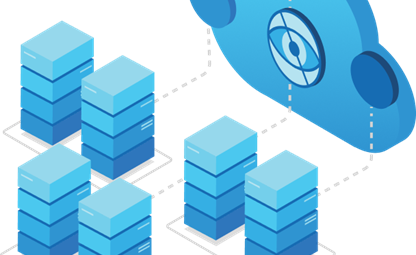27 Mar 2016
3 Things to Know about Agile Methodologies for Software Development

As an alternative to traditional sequential or waterfall development methodologies, agile methodologies for software development are engineered to aid product owners and their teams in handling the unpredictability of producing an authentic, sustainable, and competitive product.
Agile methodology offers the opportunity, but also relies on the ability, of a software development team to re-visit and review development in various stages. In short, this type of methodology implements incremental work rhythms, at the end of which the entire team and product owner reviews the work.
3 Things to Know about the Agile Methodology for Software Development
1) Introduction via Scrum
Scrum is a term used to describe the way in which agility is introduced into a workflow. This involves establishing a structure consisting of three separate roles: the product owner, the team as one entity, and the Scrum Master, who is the full-time facilitator of the team. Within the Scrum outline, feedback is essential and self-management is encouraged. The goal is to sustain a growth regimen of tested product within short periods of time.
2) Opportunity for Continuous Assessment
The agile method has become one of the most popular ways for software development teams to successfully keep up with the ever-changing technological market.
In part, this is due to agile methodologies, allowance for constant development reassessment throughout the entirety of the project. Teams are given assignments that must be completed in short periods of time, or more commonly referred to as "sprints", and, upon the end of the sprint, must deliver a potentially finished product for review.
Repetition is key.
Allowing teams to re-visit, review, and rework various aspects of each project will not only relieve stress caused by time pressure, but it also allows for more space and time for innovative thinking. While a project may begin with one direction, the agile method provides opportunity to steer in a different direction.
3) Inspect and Adapt
The success of a project depends on the ability for the development or creative entity to review with unbiased clarity and then adapt to necessary changes. By working on projects in stages, or short bursts, each step of the process is given a level of transparency unable to be met by using waterfall or traditional sequential methodologies.
For more information about folio1 or to speak with a representative directly, feel free to contact us.


